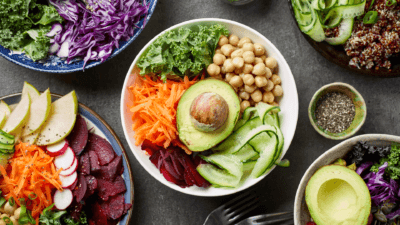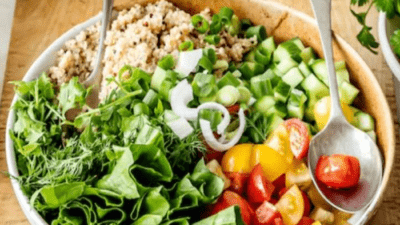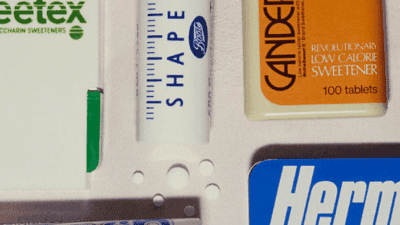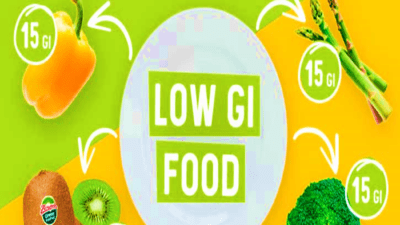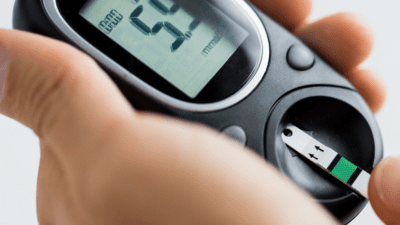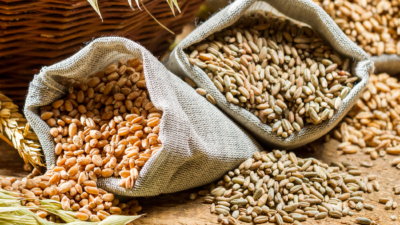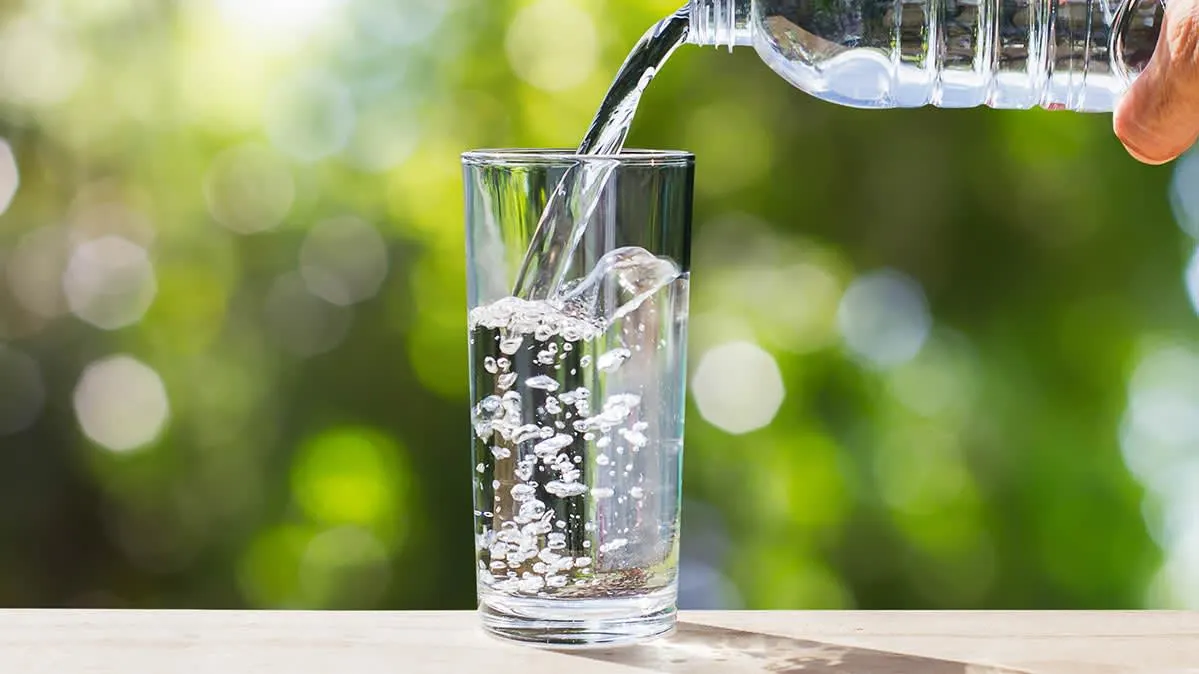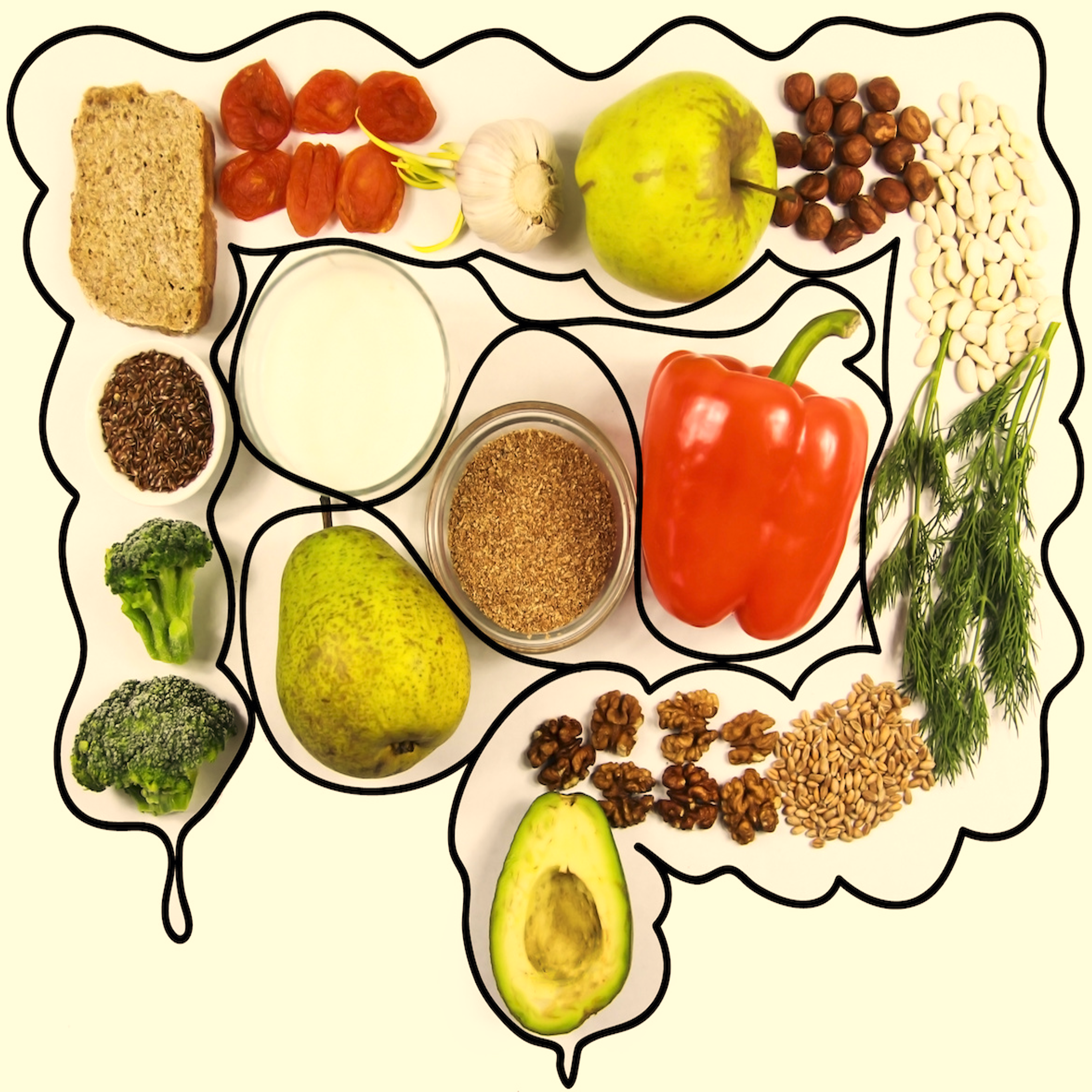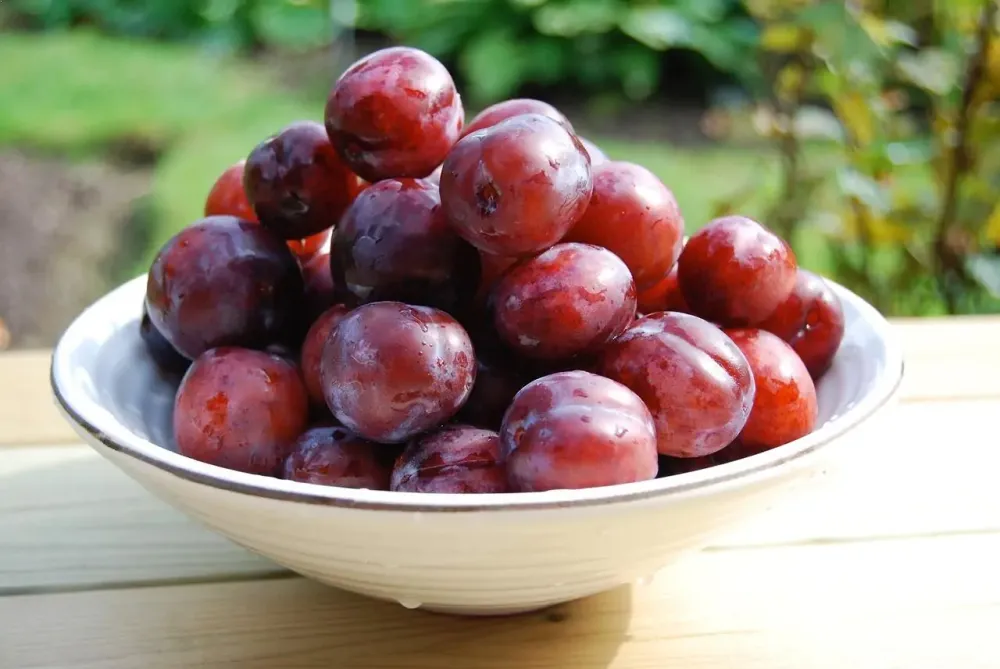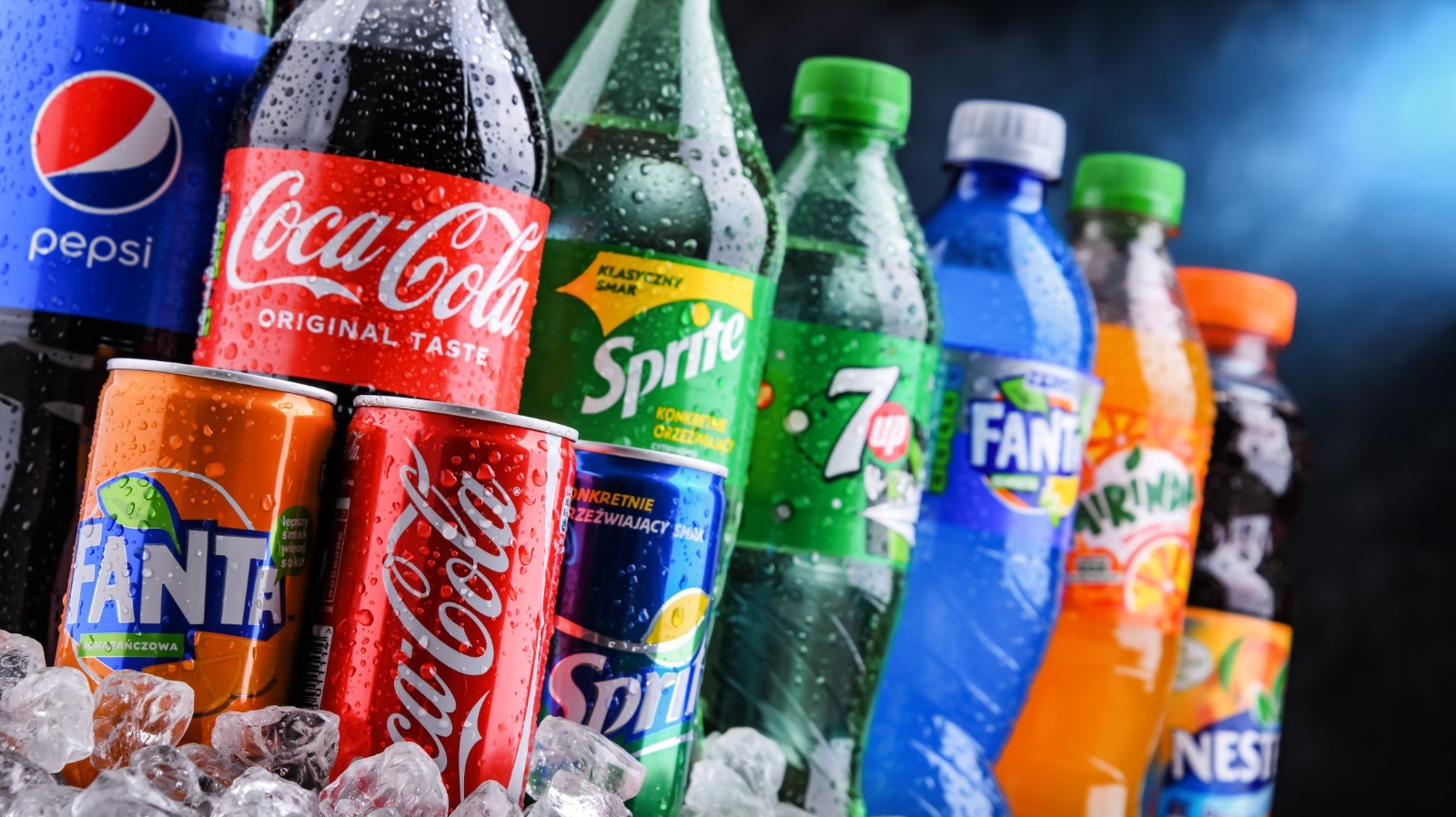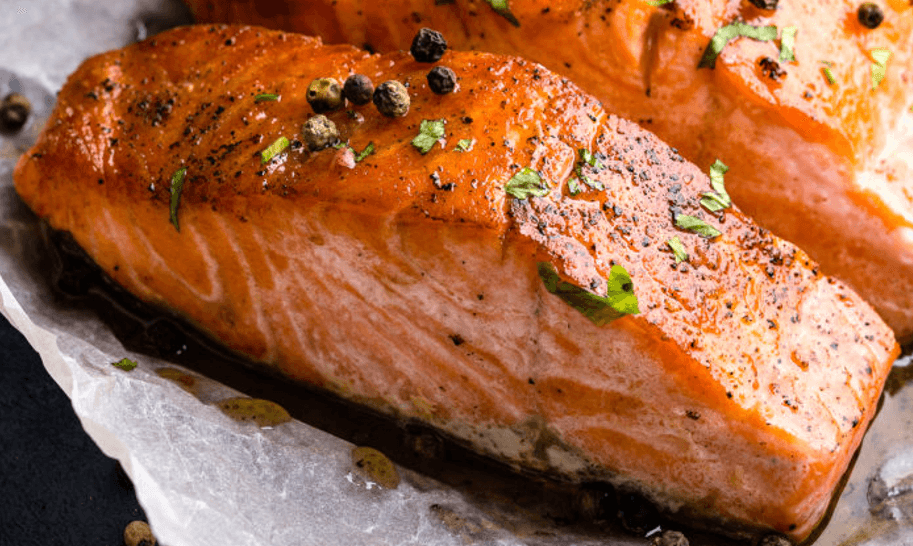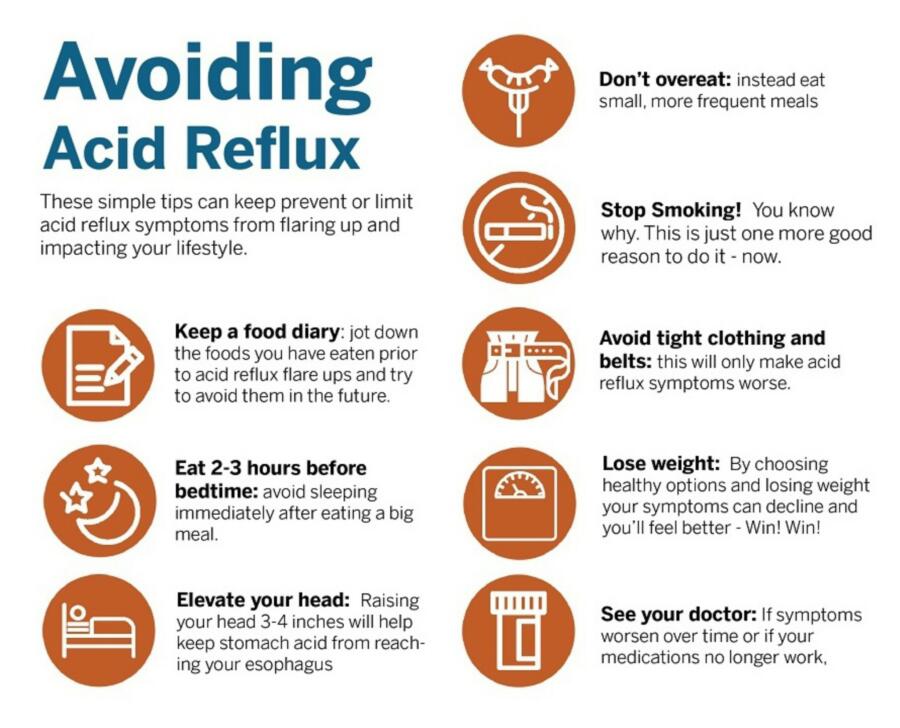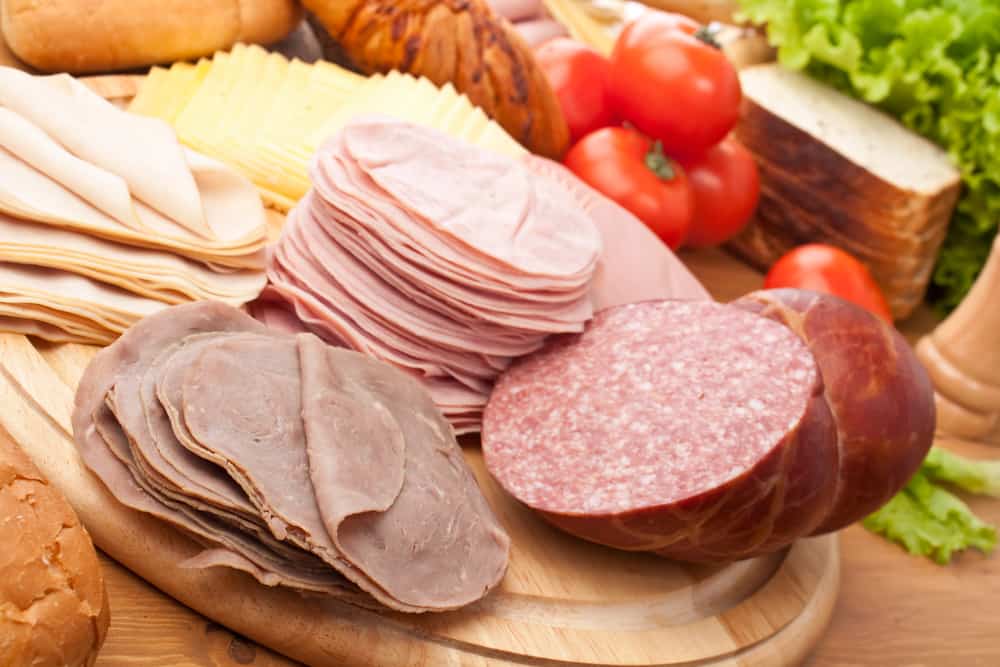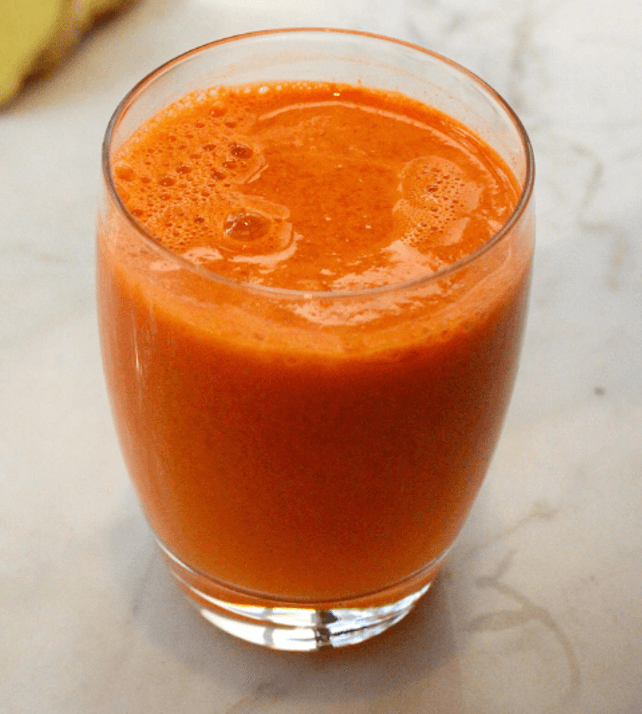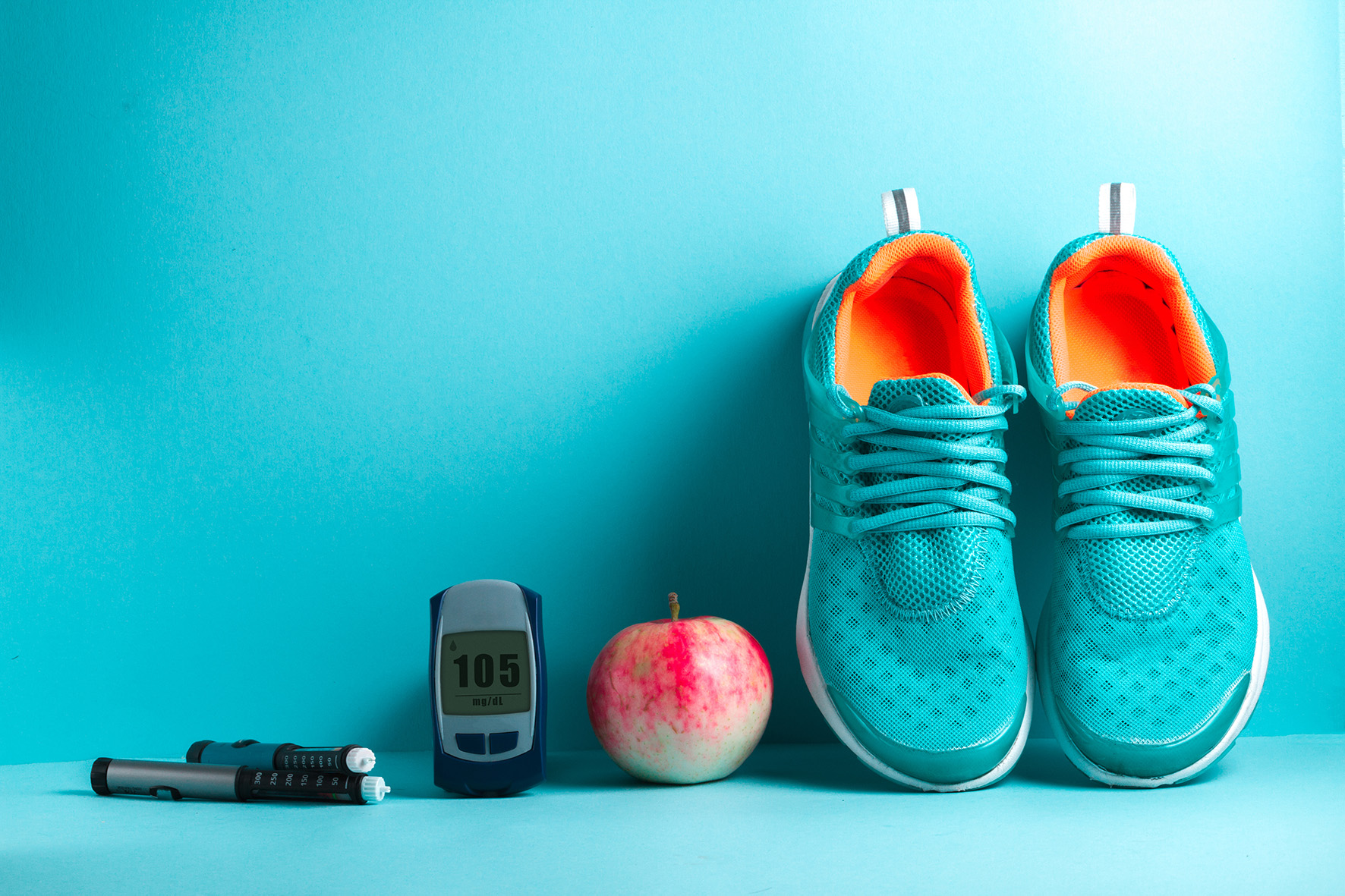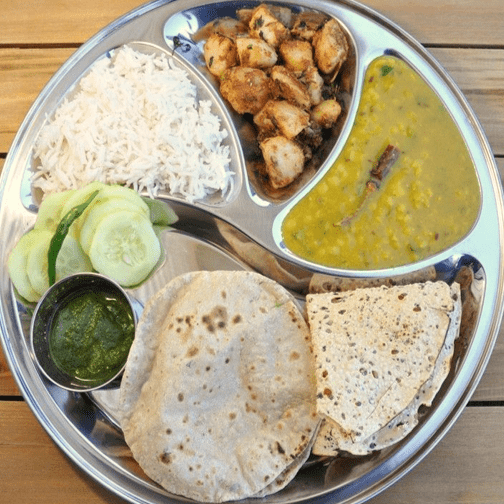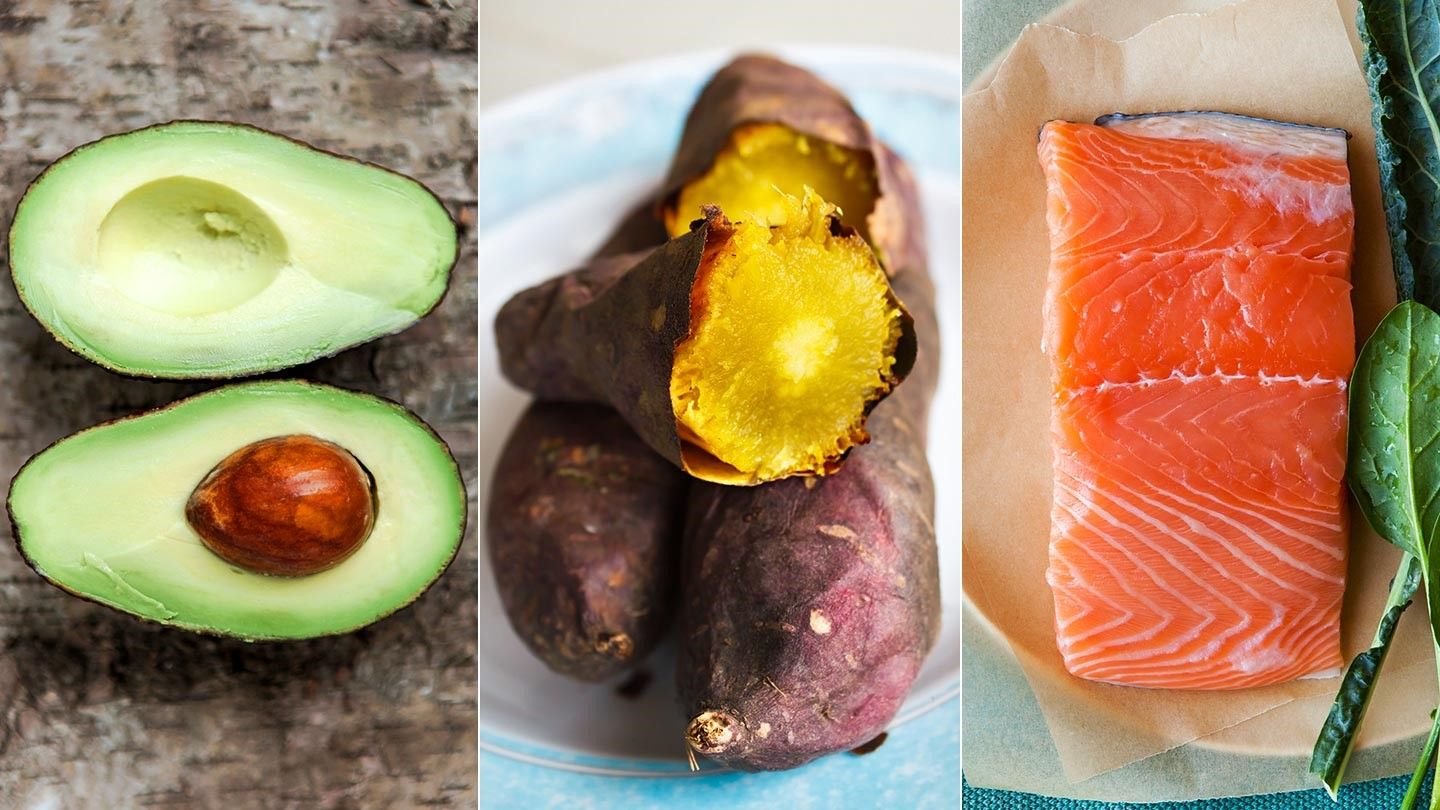
Navigating snack time is an important aspect of managing diabetes, often surrounded by misconceptions. A common myth suggests that snacks for individuals with diabetes must be either calorie-free or carbohydrate-centric, while some believe snacking should be avoided altogether. Contrary to these beliefs, snacks can be a beneficial part of a diabetic meal plan, offering a way to enjoy a variety of tastes while aligning with health goals.
Incorporating well-chosen snacks into your diet can provide essential nutrients that might be missing from other meals, helping to maintain stable blood glucose levels. It’s crucial to select snacks that complement your overall dietary plan, including an ideal meal for diabetes, without adding unnecessary “empty calories.” This approach aligns with the concept of a perfect diabetes diet, focusing on balance and nutrient density.
For individuals with type 1 diabetes, snacks are vital for managing blood sugar fluctuations, especially during peak insulin activity and periods of physical exertion. Those with type 2 diabetes can benefit from snacking as a way to distribute caloric intake more evenly throughout the day. This can enhance the effectiveness of naturally produced insulin and improve blood glucose control, key components of a simple meal plan for diabetes.
Strategies for Diabetes-Friendly Snacking
- Opt for snacks that are low in fats, sugars, and sodium.
- Exercise caution with commercial snack bars and packaged snacks, as they often contain high levels of sugar and fat, comparable to candy bars.
- When preparing snacks, aim to reduce the amounts of sugar, fat, and salt. For example, sugar can be decreased by 25-50%, fat by 25%, and salt can often be reduced or eliminated (with the exception of recipes requiring yeast).
- Choose snacks rich in vitamins and minerals.
- Keep a stock of fresh fruits and vegetables for quick, healthy snacks.
- Read ingredient lists and nutritional labels carefully, selecting snacks with three grams of fat or less per serving.
- Plan your snacks in advance to ensure appealing options are always available.
- Monitor portion sizes to ensure they align with your meal plan.
- Do not skip snacks if they are included in your meal plan, as this could lead to low blood glucose levels.
Suggested Snacks for Diabetic Diets
- Whole grains and low-fat crackers, including bread, toast, bagels, English muffins, and breadsticks.
- Air-popped or low-fat microwave popcorn.
- Homemade cereal snack mix, using less margarine and opting for garlic or onion powder instead of salt.
- A variety of fresh fruits, such as berries, melon, oranges, and exotic choices like mangoes and papayas.
- Vegetables for raw consumption, like broccoli, and carrots, and more unique options like raw sweet potatoes.
- Homemade frozen juice bars.
- Low or non-fat yogurt, with options for artificially sweetened or frozen varieties.
- Light snacks like pretzels, rice cakes, and plain tortillas.
- Breads containing fruits and nuts, made with whole grains and reduced sugar and fat.
- Sandwiches with lean meats or all-vegetable fillings, using low-fat cheese and minimal spreads.
- Select low-fat commercial snacks, such as vanilla wafers and graham crackers.
- Skim milk or hot cocoa is made with skim milk and an artificial sweetener.
- Toasted bread with low-fat ricotta or cottage cheese.
When planning snacks, it’s important to integrate them appropriately into your meal plan to avoid overindulging or selecting options that could increase blood glucose levels and unwanted calorie intake. This consideration is integral to a beginners’ diabetic meal plan, emphasizing the importance of making informed choices.
The glycemic index (GI) is a valuable tool for choosing snacks, with foods having a low to medium GI being preferable. These foods release glucose slowly and steadily, supporting stable blood sugar levels, a cornerstone of the perfect diabetes diet.
Conclusion
Managing diabetes or prediabetes doesn’t mean you have to miss out on tasty snacks. By following a free diabetic meal plan for a month, you can explore snack suggestions for a diabetic diet plan that are both delicious and health-conscious. Remember, individual responses to food can vary, so it’s important to monitor and adjust based on personal experiences. With a simple diabetic meal plan that includes smart snack choices, you can enjoy healthful snacks both at home and on the go, ensuring they are a rewarding part of your overall dietary strategy.

